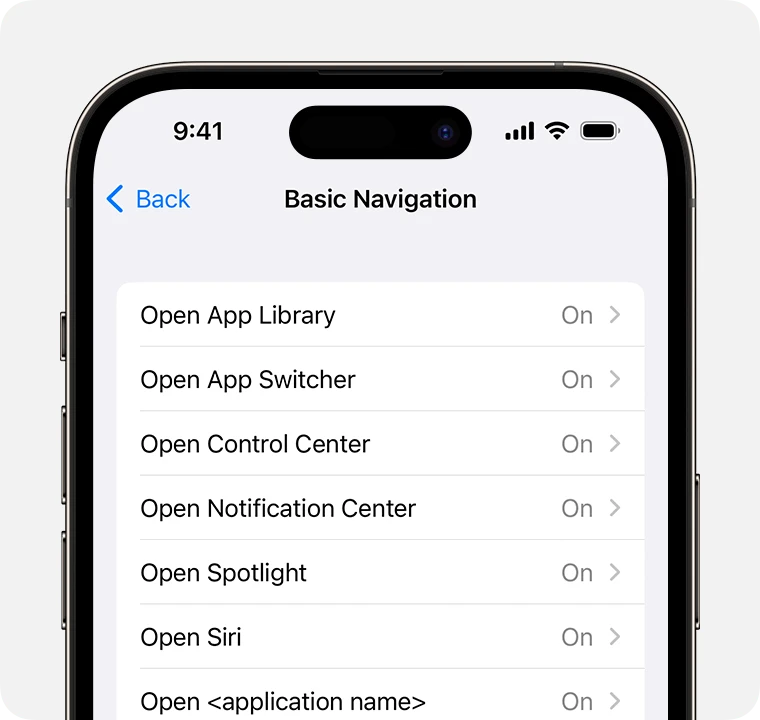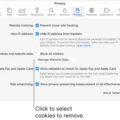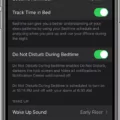In today’s fast-paced world, finding efficient ways to communicate and complete tasks is essential. With the iPhone’s dictation feature, you can effortlessly dictate text instead of typing, saving you time and effort. This article will provide you with a comprehensive guide on iPhone dictation commands, allowing you to make the most of this powerful tool and enhance your productivity.
To activate dictation on your iPhone, simply open a new or existing document and navigate to the Home tab. From there, locate the Dictate button, which appears when you are signed into Microsoft 365 on a microphone-enabled device. Once you see the Dictate button, wait for it to turn on and start listening. You can begin speaking, and your words will appear on the screen as text.
Now, let’s delve into some useful dictation commands that can take your productivity to the next level:
1. New line: When you want to start a new line in your text, simply say “New line.” This command is especially handy when you’re composing emails, writing notes, or drafting documents.
2. New paragraph: To create a new paragraph, say “New paragraph.” This command helps you structure your text and maintain readability, particularly when writing longer pieces.
3. Tab key: If you need to move the cursor to the next tab, you can simply say “Tab key.” This command is useful when filling out forms or organizing data in tables.
4. Caps on: When you want to format the following text in title case, say “Caps on.” This command is particularly helpful for headings, titles, or emphasizing certain words or phrases.
5. Caps off: To return to the default letter case after using caps on, say “Caps off.” This command ensures consistency in your text and prevents unintended capitalization.
6. All caps: If you want to format a specific word in all uppercase letters, say “All caps” followed by the word you want to capitalize. This command is effective for acronyms, abbreviations, or emphasizing specific terms.
7. Spell it: When you need to spell out a word, simply say “Spell it” followed by the word. This command ensures accuracy when dictating complex or uncommon terms.
8. Delete: If you make a mistake or want to remove a specific word or phrase, say “Delete” followed by the text you want to delete. This command allows you to edit your dictation quickly and efficiently.
By familiarizing yourself with these dictation commands, you can streamline your writing process, improve accuracy, and boost productivity. Whether you’re jotting down ideas, composing emails, or writing reports, iPhone dictation is a valuable tool that can save you time and energy.
IPhone dictation commands offer a range of features to enhance your productivity. From formatting text to editing mistakes, these commands empower you to communicate and complete tasks efficiently. By harnessing the power of dictation, you can focus on your thoughts and ideas without the constraints of manual typing. So, go ahead, explore these commands, and unleash the full potential of your iPhone’s dictation feature.

What Are The Apple Dictation Commands?
The Apple Dictation feature allows you to control your device using voice commands. Here are some of the commands you can use:
– New line: This command starts a new line in your text. It can be useful when you want to create a line break or move to the next line while dictating.
– New paragraph: This command starts a new paragraph in your text. It helps in organizing your content by creating distinct paragraphs.
– Tab key: This command moves the cursor to the next tab position. It is helpful when you want to align text or create indentation in your document.
– Caps on: When you say “caps on,” it formats the following text in title case. This is useful when you want to emphasize certain words or headings.
– Caps off: This command returns the letter case to the default setting. It is used after using the “caps on” command to return to lowercase letters.
– All caps: Saying “all caps” formats the following word in all uppercase letters. It is handy when you want to emphasize a particular word or phrase.
– Bullet list: To create a bullet list, simply start each item with a dash or bullet symbol. This helps in presenting information in a concise and organized manner.
These are just a few of the Apple Dictation commands available. By using these commands, you can enhance your dictation experience and increase your productivity while writing.
How to Customize Dictation On Your iPhone?
To customize dictation on your iPhone, follow these steps:
1. Open the Settings app on your iPhone.
2. Scroll down and tap on “General.”
3. In the General settings, tap on “Keyboard.”
4. Scroll down and select “Dictation.”
5. Here, you can customize various aspects of dictation on your iPhone.
– Enable or disable dictation: Toggle the switch to turn dictation on or off. When enabled, you can use the microphone button on your keyboard to dictate text.
– Language selection: Tap on “Languages” to choose the language you want to use for dictation. You can select multiple languages if needed.
– Enable or disable profanity filter: Toggle the switch to enable or disable the profanity filter for dictation. When enabled, the filter will prevent dictation of explicit words.
– Enable or disable offline dictation: Toggle the switch to enable or disable offline dictation. When enabled, your iPhone will use downloaded language files to perform dictation even without an internet connection.
– Delete your dictation history: Tap on “Delete Dictation Data” to remove all the stored audio files of your dictation history.
By customizing these settings, you can enhance your dictation experience on your iPhone according to your preferences and requirements.
Conclusion
IPhone dictation commands offer a convenient and efficient way to input text on your device. Whether you are composing a document, sending a message, or browsing the web, dictation can save you time and effort by allowing you to speak instead of type.
With commands like “new line” and “new paragraph,” you can easily format your text to appear exactly how you want it. The “tab key” command allows for easy navigation and organization within your text, making it simple to create lists or indentations.
The “caps on” and “caps off” commands provide control over capitalization, ensuring that your text is properly formatted. Additionally, the “all caps” command allows for emphasis or to denote acronyms or abbreviations.
One of the most useful features of iPhone dictation commands is the ability to customize VoiceOver pronunciations. By going to Accessibility settings, you can personalize how certain words or phrases are pronounced, ensuring accurate and clear speech output.
IPhone dictation commands provide a seamless and intuitive way to input text on your device. Whether you’re a fast typist looking to save time or someone with physical disabilities who finds typing challenging, dictation commands offer a valuable tool for efficient communication. Give it a try and experience the convenience and flexibility of dictation on your iPhone or iPad.







